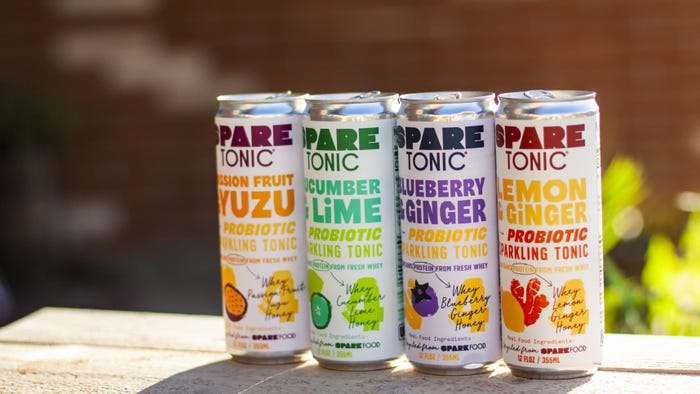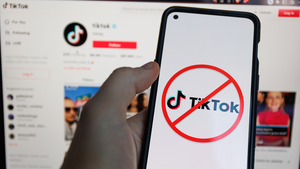Upcycled drinks combat climate change with whey, cascara, more – slideshow
Earth stands on the precipice of environmental catastrophe, with rampant food waste as a major contributor. Now, some beverage brands are using upcycled ingredients to course correct.

At a Glance
- Humanity wastes about one-fifth of its available food each year, and such waste contributes to greenhouse gas emissions.
- Beverage brands like Spare Tonic and WAJU Water are upcycling ingredients that would be otherwise wasted.
- Upcycling does not refer to reusing old or spoiled food but rather finding new uses for cast-off ingredients.
What leaps to mind when you hear the word “upcycled?” Maybe you think of refinishing old furniture, icky terms like “byproducts” or simply, “Huh?”
And who could blame you? Upcycling is a relatively new trend, though not as new as you might think. First coined in print in 1994, it describes the opposite of “downcycling,” the favorite sibling of the recycling process, where you smash up existing products to salvage the materials, often with a reduction in quality. With upcycling, the opposite is true: You take an existing product or material, usually perceived as leftover or unwanted, and remake it into something better. The word, however, is still misunderstood by many, who continue to portray the process as converting a product “from trash to treasure.”
Enter food waste, a growing global crisis. According to the UN Environment Programme’s 2024 Food Waste Index Report, humanity wasted one-fifth of its available food in 2022 — which amounts to more than a billion tons — and this type of waste generates nearly 10% of all global greenhouse gas (GHG) emissions.
Upcycling, however, may hold answers.
Contrary to common belief, upcycling rarely if ever repurposes old or “used” food. The process typically involves collecting nutrient-dense byproducts or fresh leftover ingredients and using them to develop new products loaded with hidden benefits, both for your personal health and for the environment.
Embracing the power of upcycling is a tangible step toward reducing food waste and GHG emissions, but what about the products themselves? This slideshow highlights over a dozen remarkable (and delicious) upcycled products, and get this: They’re all potables, ranging from energy drinks to craft beer. Read on to learn about the challenges these innovators faced and overcame in formulating and selling upcycled beverages.
About the Author(s)
You May Also Like






